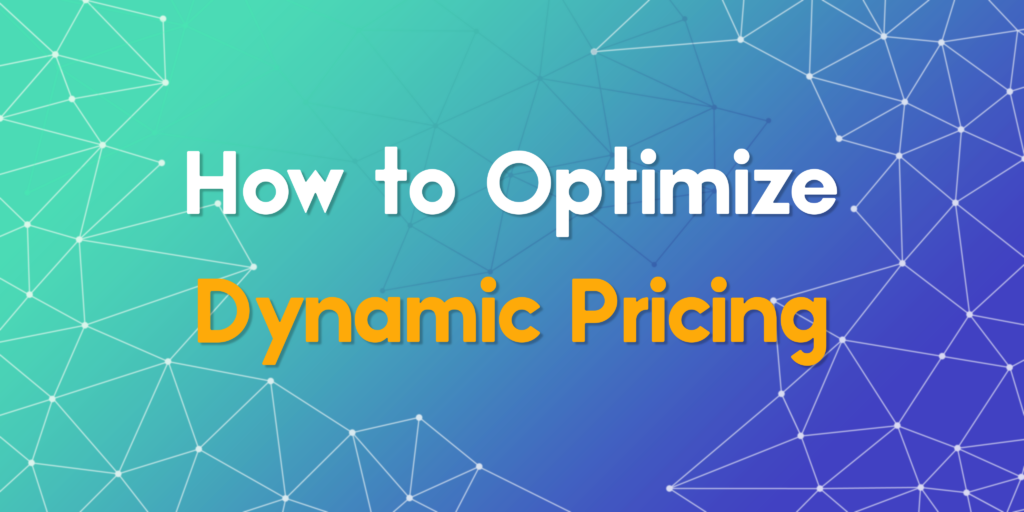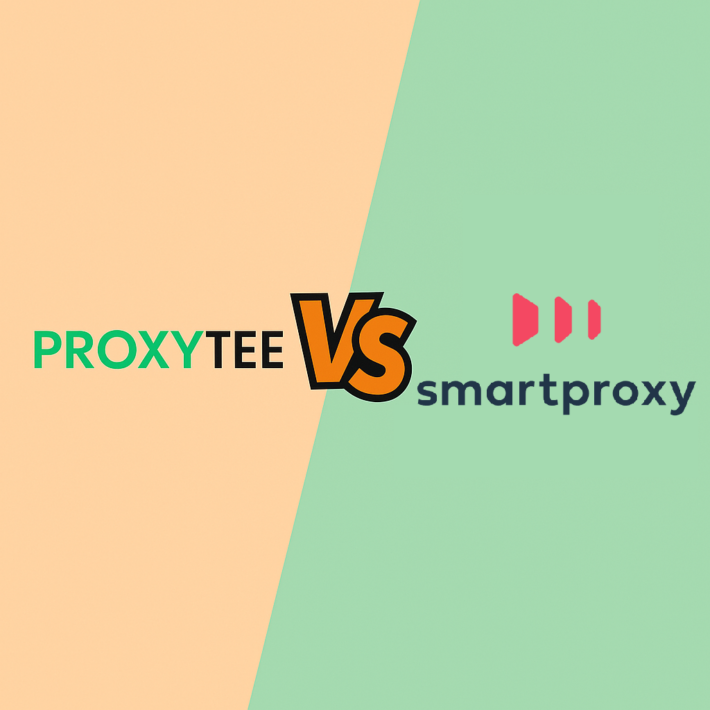Learn How to Optimize Dynamic Pricing in 2025

Optimize Dynamic Pricing is one of the most powerful approaches modern businesses use to stay competitive in fast changing markets. Whether you are running an online store, managing travel bookings, or operating subscription services, the right pricing strategy can make a huge difference in profitability and customer satisfaction. This guide will walk you through the details of how automation, segmentation, testing, and constant refinement come together to create a dynamic pricing system that works. You will also learn how proxy solutions can help improve your implementation by ensuring accurate data collection and market analysis. By the end of this article, you will have a clear roadmap for building a pricing strategy that adapts intelligently and scales effectively.
Why Optimize Dynamic Pricing Matters
At its core, dynamic pricing means adjusting prices in real time or near real time based on market conditions, customer behavior, and competitor activity. When you optimize dynamic pricing, you are not simply reacting to changes, you are designing a system that anticipates and adapts intelligently. For businesses that operate online, this approach helps capture more revenue while improving the shopping experience. Customers are presented with fair yet profitable prices, and companies remain competitive without racing to the bottom.
Industries like airlines, ride sharing, hospitality, and e commerce have been pioneers in using dynamic pricing strategies. However, the same techniques are now accessible to smaller businesses thanks to affordable automation tools and improved data analysis capabilities. This shift allows more companies to implement strategies once reserved for large enterprises.
Segmentation as the Foundation of Pricing
Segmentation is one of the most important steps when you set out to optimize dynamic pricing. Not all customers are the same, and not all markets respond equally to price changes. By dividing your audience into meaningful groups, you can design pricing models that suit their behaviors. Segmentation can be based on geography, purchasing power, time of day, or even device type. For example, customers booking a hotel room from a mobile device might be more willing to accept flexible rates compared to desktop users planning well in advance.
Automation tools help track these patterns at scale, ensuring that you do not have to manually analyze thousands of customer interactions. By combining segmentation with automation, businesses gain the ability to fine tune offers without overwhelming their teams with complexity.
The Role of Automation in Optimize Dynamic Pricing

Automation makes dynamic pricing practical and efficient. Instead of relying on manual updates, rules and algorithms can be set up to respond instantly to supply and demand shifts. For instance, if an online retailer notices that a particular product category is trending, automation can raise the price slightly while still staying competitive. Conversely, when inventory is high and demand is low, automation can trigger discounts to move products faster.
The strength of automation lies in its consistency. Humans may miss signals or delay actions, but automation executes changes precisely as defined. This ensures that your pricing strategy is always active and aligned with your goals. When businesses aim to optimize dynamic pricing, automation is not just a support tool, it becomes the engine of the entire system.
Testing and Constant Refinement
No pricing strategy is perfect from the start. Continuous testing and constant refinement are required to truly optimize dynamic pricing. A common approach is A B testing, where two different pricing models are applied to similar customer groups to measure responses. Over time, you can identify which models drive more revenue, improve conversion rates, or increase customer loyalty.
Constant refinement means that your pricing strategy evolves alongside your market. Customer preferences shift, competitor tactics change, and economic conditions fluctuate. By committing to ongoing testing, businesses ensure their dynamic pricing system never becomes outdated or ineffective.
How Proxy Can Help with Dynamic Pricing
Data is the lifeblood of pricing optimization. To optimize dynamic pricing effectively, businesses need reliable access to competitor pricing, regional market data, and consumer trends. However, websites often restrict repeated data requests or display different results depending on location. This is where proxy solutions become valuable.
With proxies, companies can gather accurate pricing data from multiple locations without being blocked. This ensures that your pricing models are based on complete and unbiased information. For example, an online retailer may want to see how competitors adjust prices in different cities. Proxies allow the collection of this data at scale, supporting automation, segmentation, and refinement strategies. In short, proxies enable the foundation of data driven pricing decisions.
Steps to Optimize Dynamic Pricing
Building a working system requires a clear roadmap. Here are practical steps to help businesses optimize dynamic pricing:
- Collect accurate data through analytics and proxy tools to understand market conditions.
- Define segments by grouping customers based on meaningful criteria such as region, purchasing habits, or device type.
- Set automation rules that react to supply and demand without requiring manual updates.
- Run tests regularly to compare different models and measure results.
- Refine continuously by analyzing outcomes and adjusting rules for better performance.
Examples of Dynamic Pricing in Action
Real world examples make it easier to see the power of pricing optimization. Airlines frequently adjust ticket prices based on demand, booking windows, and competition. Ride sharing platforms change rates depending on traffic conditions and rider demand. E commerce platforms use flash sales and targeted discounts based on browsing history. Each of these industries uses automation, segmentation, and testing to ensure they capture maximum revenue while maintaining customer trust. Companies that optimize dynamic pricing in these ways gain a sustainable competitive edge.
Final Thoughts on Building a Smart Pricing Strategy
When you optimize dynamic pricing effectively, you combine segmentation, automation, testing, and refinement into a single system that evolves with the market. Adding proxy support for accurate data ensures that your decisions are based on real insights rather than assumptions. Businesses that embrace this approach are better positioned to increase profits, build customer trust, and respond quickly to competitive pressures. Instead of seeing pricing as a fixed decision, treat it as a flexible and intelligent process that grows with your business needs.
The journey requires careful planning, but the rewards are long term and sustainable. By making use of automation, segmentation, testing, constant refinement, and proxy support, any business can build a pricing strategy that not only survives but thrives in today’s competitive environment.


